Home>Gardening & Outdoor>Landscaping Ideas>What Is The Grass


Landscaping Ideas
What Is The Grass
Published: January 27, 2024
Discover creative and practical landscaping ideas in "What Is The Grass." Get inspired to transform your outdoor space with innovative designs and expert tips. Explore the possibilities for your dream garden today!
(Many of the links in this article redirect to a specific reviewed product. Your purchase of these products through affiliate links helps to generate commission for Storables.com, at no extra cost. Learn more)
Introduction
Grass, an unassuming yet ubiquitous aspect of the natural world, holds a significance that extends far beyond its physical presence. From literature to ecology, grass plays a multifaceted role that reflects the essence of life itself. In this article, we will delve into the profound symbolism of grass, exploring its representation in literature, its cultural significance, and its vital role in the ecological balance of our planet.
Join us on a journey through the verdant landscapes of literary symbolism, the poetic resonance of Walt Whitman’s “Leaves of Grass,” the diverse cultural interpretations of this humble plant, and the crucial ecological importance of grass in sustaining life on Earth. As we unravel the layers of meaning intertwined with this seemingly ordinary plant, we will discover the extraordinary depth of significance that grass embodies in various aspects of human existence.
Key Takeaways:
- Grass symbolizes renewal and interconnectedness in literature, reflecting the enduring beauty and resilience of the natural world, inspiring awe and reverence for all living things.
- Grass plays a crucial role in sustaining life on Earth, from providing habitats for diverse species to contributing to the global carbon cycle, highlighting the profound interconnectedness of all living beings.
Read more: What Is Wheatgrass For
The Significance of Grass in Literature
Throughout the annals of literature, the imagery of grass has been utilized to convey a multitude of symbolic meanings, often representing themes of vitality, renewal, and the cycle of life. In various literary works, the lush green expanse of grass serves as a powerful symbol, evoking emotions and concepts that resonate deeply with readers.
Grass is frequently depicted as a symbol of rejuvenation and rebirth, embodying the cyclical nature of life and the perpetuity of existence. In the poetry of William Wordsworth, the “green earth” and “the grass and trees” are emblematic of the enduring beauty and resilience of the natural world, inspiring a sense of awe and reverence for the interconnectedness of all living things.
Moreover, the portrayal of grass in literature often reflects the duality of human experience, encapsulating both the ephemeral fragility and the enduring strength of life. In “The Great Gatsby” by F. Scott Fitzgerald, the vast expanse of Jay Gatsby’s meticulously manicured lawn symbolizes the illusion of perfection and prosperity, concealing the underlying complexities and vulnerabilities of the characters’ lives.
Furthermore, grass is frequently employed as a metaphor for freedom and liberation in literary works, symbolizing the untamed spirit of the natural world and the unshackled pursuit of individuality. In Walt Whitman’s poetry, the imagery of grass embodies the democratic spirit of equality and inclusivity, celebrating the intrinsic worth of every individual amidst the sprawling landscape of humanity.
By delving into the rich tapestry of literary representations, we gain a profound appreciation for the enduring significance of grass as a symbol that transcends time and culture, encapsulating the essence of life’s eternal rhythms and the profound interconnectedness of all living beings.
Walt Whitman and “Leaves of Grass”
Walt Whitman, often heralded as the “Bard of Democracy,” crafted a literary masterpiece that immortalized the profound symbolism of grass in his seminal work, “Leaves of Grass.” Published in 1855, this collection of poetry revolutionized American literature and continues to resonate with readers across the globe, its verses pulsating with the vibrant energy of the natural world.
At the heart of “Leaves of Grass” lies Whitman’s evocative portrayal of grass as a metaphor for the interconnectedness of humanity and the enduring vitality of the human spirit. In the iconic poem “Song of Myself,” Whitman exalts the humble grass, declaring, “I bequeath myself to the dirt to grow from the grass I love, / If you want me again look for me under your boot-soles.” This profound assertion underscores the intrinsic unity between humanity and the earth, emphasizing the cyclical nature of life and the eternal regeneration embodied by the grass.
Whitman’s celebration of democracy and egalitarianism is intricately woven into the imagery of grass, symbolizing the diverse tapestry of human existence and the inherent worth of every individual. Through his exuberant verses, Whitman invites readers to embrace the unbounded expanse of the natural world, finding solace and kinship amidst the sprawling blades of grass that symbolize the unyielding resilience of the human spirit.
Furthermore, “Leaves of Grass” serves as a testament to the transformative power of self-discovery and introspection, with the grass serving as a metaphor for the boundless potential inherent within each individual. Whitman’s evocative imagery of the grass “creeping over the earth” mirrors the unrelenting growth and expansion of the human soul, urging readers to embrace their intrinsic vitality and forge a profound connection with the world around them.
Through “Leaves of Grass,” Walt Whitman immortalized the enduring symbolism of grass, infusing its essence into the very fabric of American literary tradition. His visionary portrayal of the grass as a conduit for profound introspection and universal kinship continues to inspire readers, beckoning them to revel in the boundless expanse of the natural world and discover the latent poetry within their own lives.
The grass is a type of plant that is commonly found in lawns, fields, and meadows. It is important to mow the grass regularly to keep it healthy and looking neat.
The Symbolism of Grass in Different Cultures
Across diverse cultures and civilizations, the symbolism of grass transcends geographical boundaries, weaving a rich tapestry of meanings that reflect the intrinsic connection between humanity and the natural world. From the windswept steppes of Mongolia to the emerald landscapes of Ireland, grass holds profound symbolic significance, embodying themes of vitality, renewal, and interconnectedness.
In Japanese culture, the concept of “natsukusa no tsuwamono” evokes the image of a warrior adorned with a sheath of summer grass, symbolizing the transient nature of human existence and the ephemeral beauty of life. This poignant symbolism underscores the impermanence of earthly pursuits and the fleeting nature of mortal existence, inviting contemplation on the cyclical rhythms of life and the enduring legacy of the natural world.
Similarly, in Celtic mythology, the verdant expanses of grass are imbued with mystical significance, representing the threshold between the earthly realm and the ethereal domain of the fae folk. The lush meadows and rolling hills of Ireland are steeped in folklore, where the swaying grasses are believed to conceal portals to otherworldly realms, evoking a sense of enchantment and wonder that permeates Celtic storytelling and traditions.
Moreover, in the vast steppes of Mongolia, the imagery of grass holds deep cultural resonance, symbolizing the nomadic heritage of the Mongolian people and the enduring spirit of resilience amidst the sweeping grasslands. The “Sea of Grass” that stretches across the Mongolian landscape embodies the nomadic traditions of the region, serving as a testament to the indomitable spirit of the Mongolian people and their intimate connection with the natural world.
By exploring the diverse cultural interpretations of grass, we gain a profound appreciation for the universal symbolism that transcends linguistic and geographical barriers, uniting humanity in a shared reverence for the enduring vitality and profound interconnectedness embodied by the humble blades of grass.
The Importance of Grass in Ecology
Within the intricate web of ecological systems, grass plays a pivotal role in sustaining the delicate balance of life on our planet. From providing essential habitats for diverse species to mitigating soil erosion and contributing to the global carbon cycle, the significance of grass in ecology extends far beyond its visual allure.
Grasslands, characterized by their expansive carpets of grasses, are among the most biodiverse ecosystems on Earth, supporting a myriad of plant and animal species. The dense root systems of grasses anchor the soil, preventing erosion and preserving the integrity of terrestrial landscapes. Moreover, grasslands serve as vital habitats for a diverse array of wildlife, from grazing herbivores to burrowing rodents, fostering complex ecological relationships that sustain the intricate balance of nature.
Furthermore, the photosynthetic prowess of grasses plays a crucial role in the global carbon cycle, capturing carbon dioxide from the atmosphere and sequestering it within the soil. This process not only mitigates the impacts of climate change but also enriches the fertility of the soil, facilitating the growth of other plant species and supporting a thriving ecosystem.
Grasslands also contribute to the preservation of water resources, with the extensive root systems of grasses enhancing soil permeability and preventing water runoff. This vital function helps to recharge groundwater reserves and maintain the hydrological balance of the surrounding landscapes, exerting a profound influence on the overall health of the ecosystem.
Moreover, grasses are integral to the sustenance of herbivorous species, serving as a primary food source for numerous grazing animals and contributing to the intricate food web that sustains diverse ecological communities. The symbiotic relationship between grasses and grazers exemplifies the interconnectedness of species within ecosystems, highlighting the indispensable role of grass in supporting the vitality and diversity of life on Earth.
By recognizing the multifaceted contributions of grass to ecological harmony, we gain a profound appreciation for the intricate tapestry of life woven by these humble yet indispensable plants, underscoring the profound significance of grass in sustaining the delicate balance of our planet’s ecosystems.
Read more: What Is Ryegrass
Conclusion
As we conclude our exploration of the profound significance of grass, we are reminded of the intricate tapestry of meanings woven by this humble yet extraordinary plant. From its evocative symbolism in literature to its diverse cultural interpretations and its indispensable role in ecological harmony, grass stands as a testament to the enduring vitality and interconnectedness of life on our planet.
Through the lens of literature, we have witnessed the timeless resonance of grass as a symbol of rejuvenation, resilience, and the cyclical rhythms of existence. From the verses of Walt Whitman to the folklore of diverse cultures, the imagery of grass transcends linguistic and cultural barriers, evoking a sense of wonder and reverence for the enduring beauty of the natural world.
Moreover, our exploration of grass in ecology has illuminated the pivotal role of grasslands in sustaining the delicate balance of terrestrial ecosystems. From mitigating soil erosion to supporting diverse wildlife and contributing to the global carbon cycle, grass serves as a linchpin of ecological harmony, underscoring the profound interconnectedness of all living beings.
As we contemplate the enduring significance of grass, we are reminded of the profound wisdom encapsulated in its verdant blades. It beckons us to embrace the resilience of the human spirit, to revel in the interconnectedness of all life forms, and to cherish the enduring vitality of the natural world. In the quiet rustle of grasses swaying in the breeze, we find a symphony of life’s eternal rhythms, a testament to the enduring legacy of this unassuming yet extraordinary plant.
So, let us tread lightly upon the emerald tapestries of grass, for within its humble embrace lies a profound narrative of life, renewal, and interconnectedness. In celebrating the enduring significance of grass, we honor the intricate web of existence that sustains us all, weaving a timeless ode to the enduring vitality and interconnectedness of life on Earth.
Frequently Asked Questions about What Is The Grass
Was this page helpful?
At Storables.com, we guarantee accurate and reliable information. Our content, validated by Expert Board Contributors, is crafted following stringent Editorial Policies. We're committed to providing you with well-researched, expert-backed insights for all your informational needs.
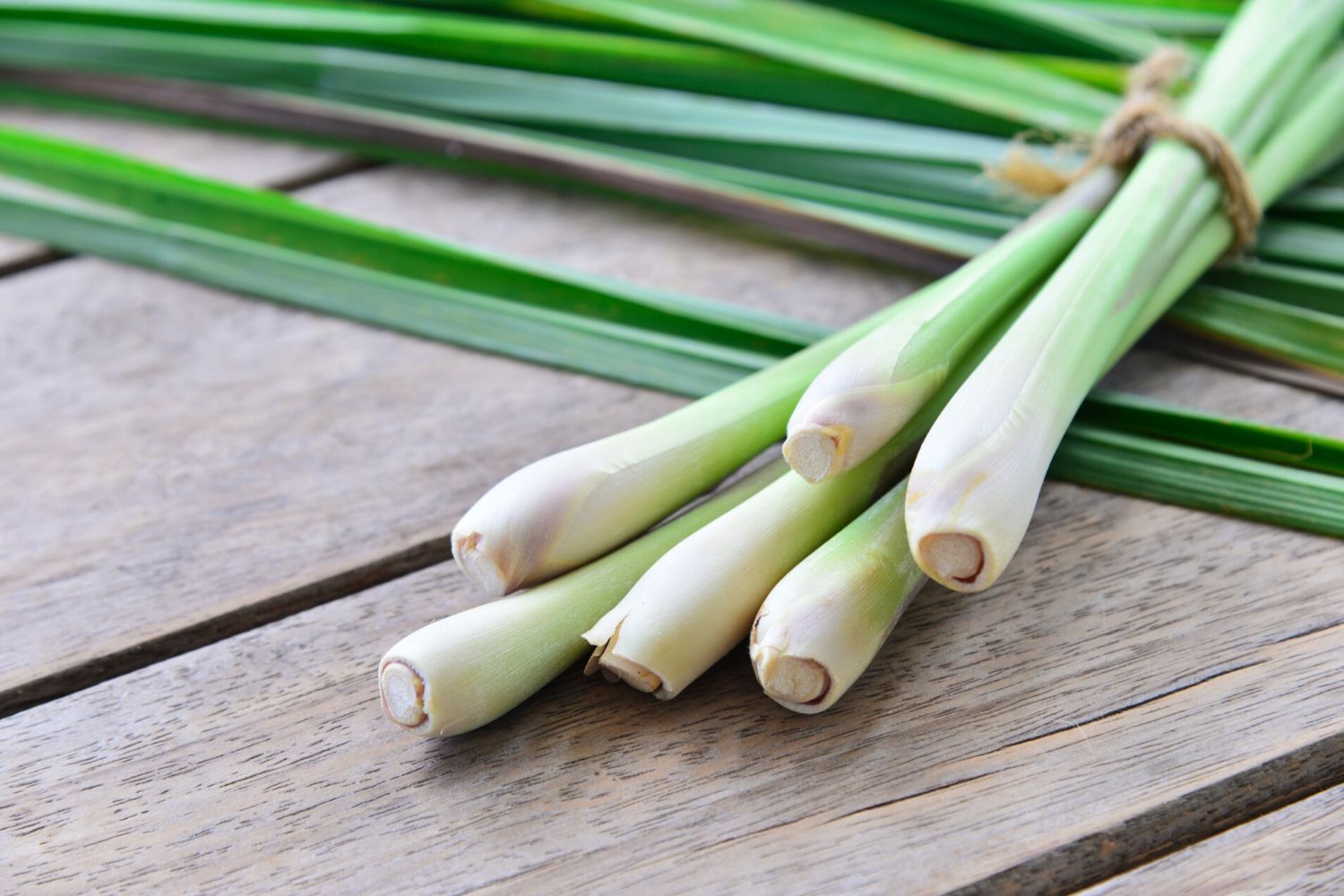
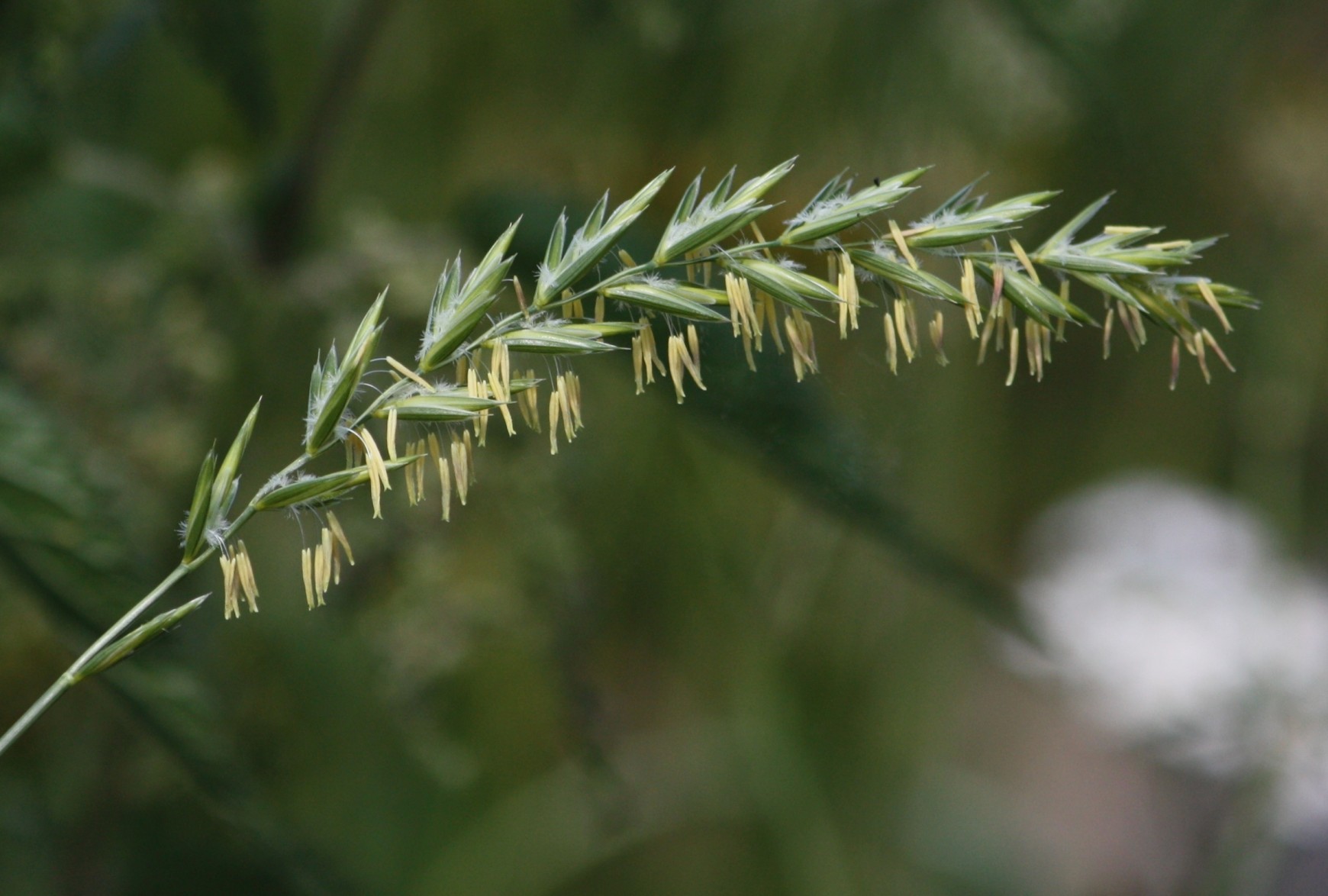
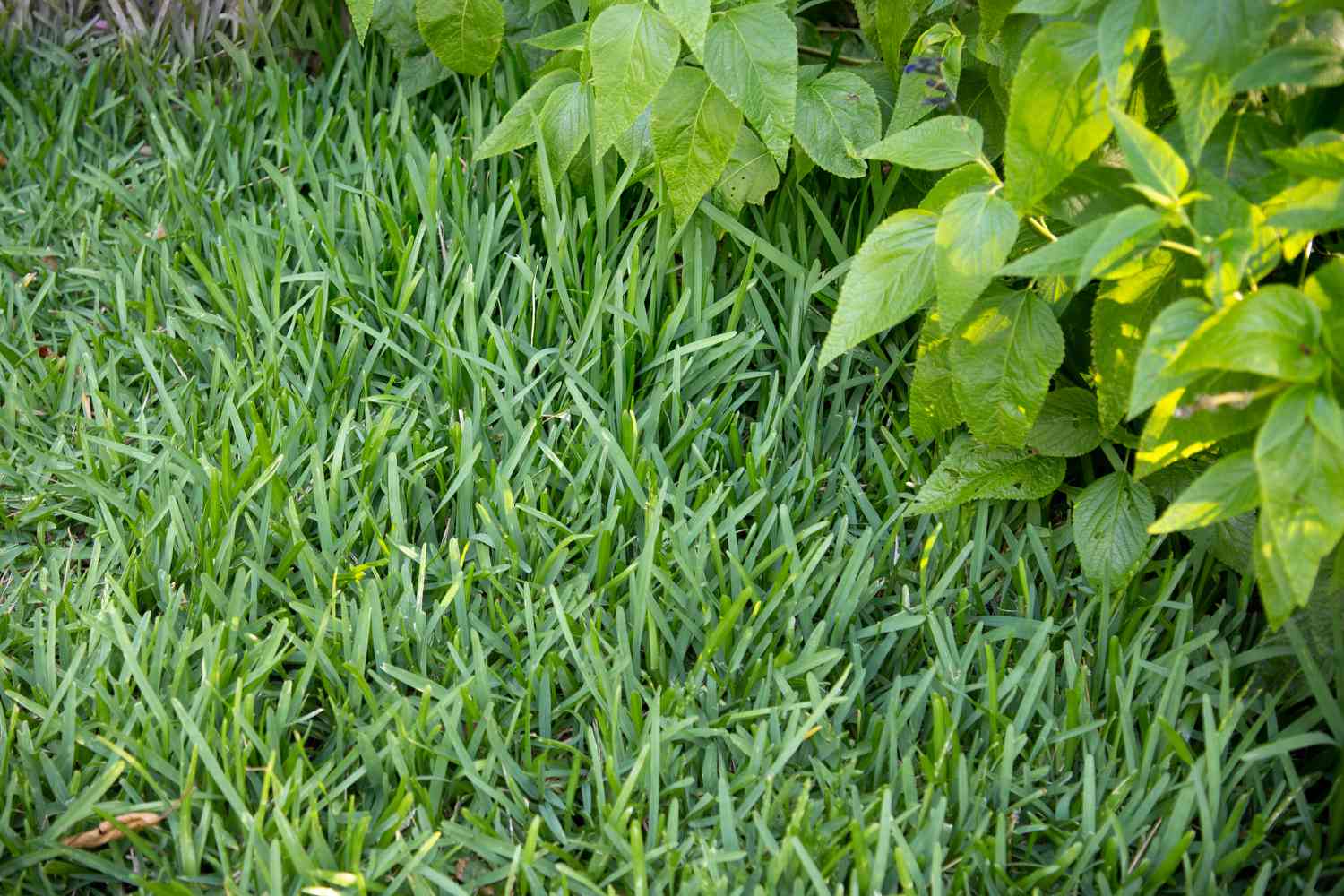
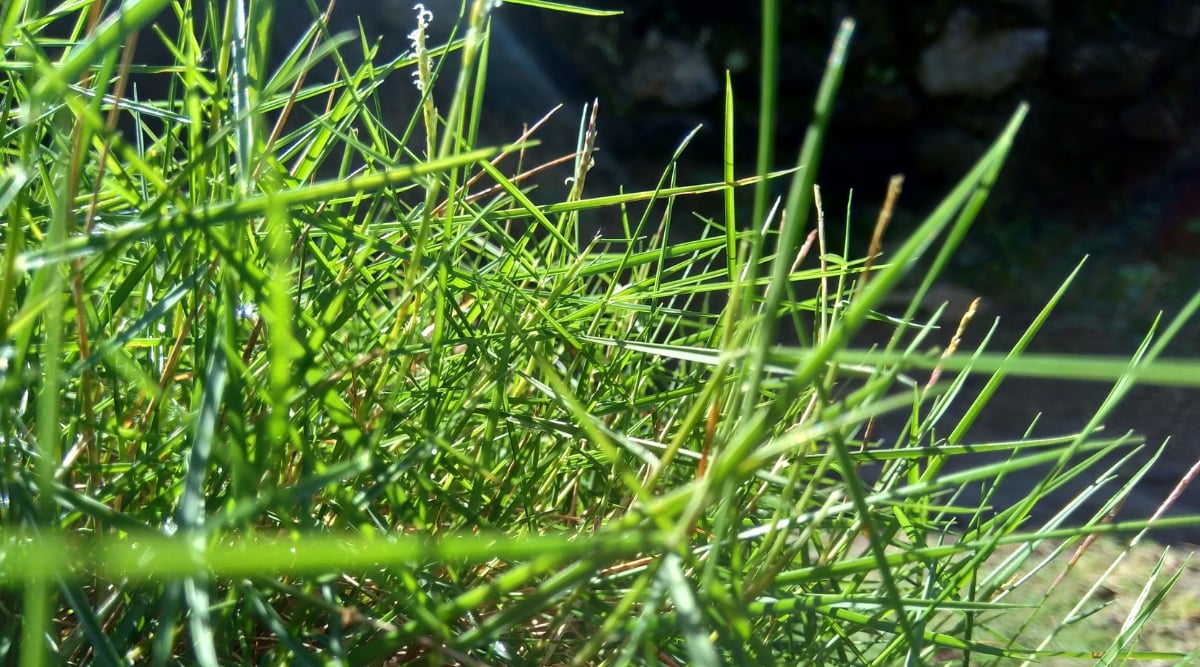
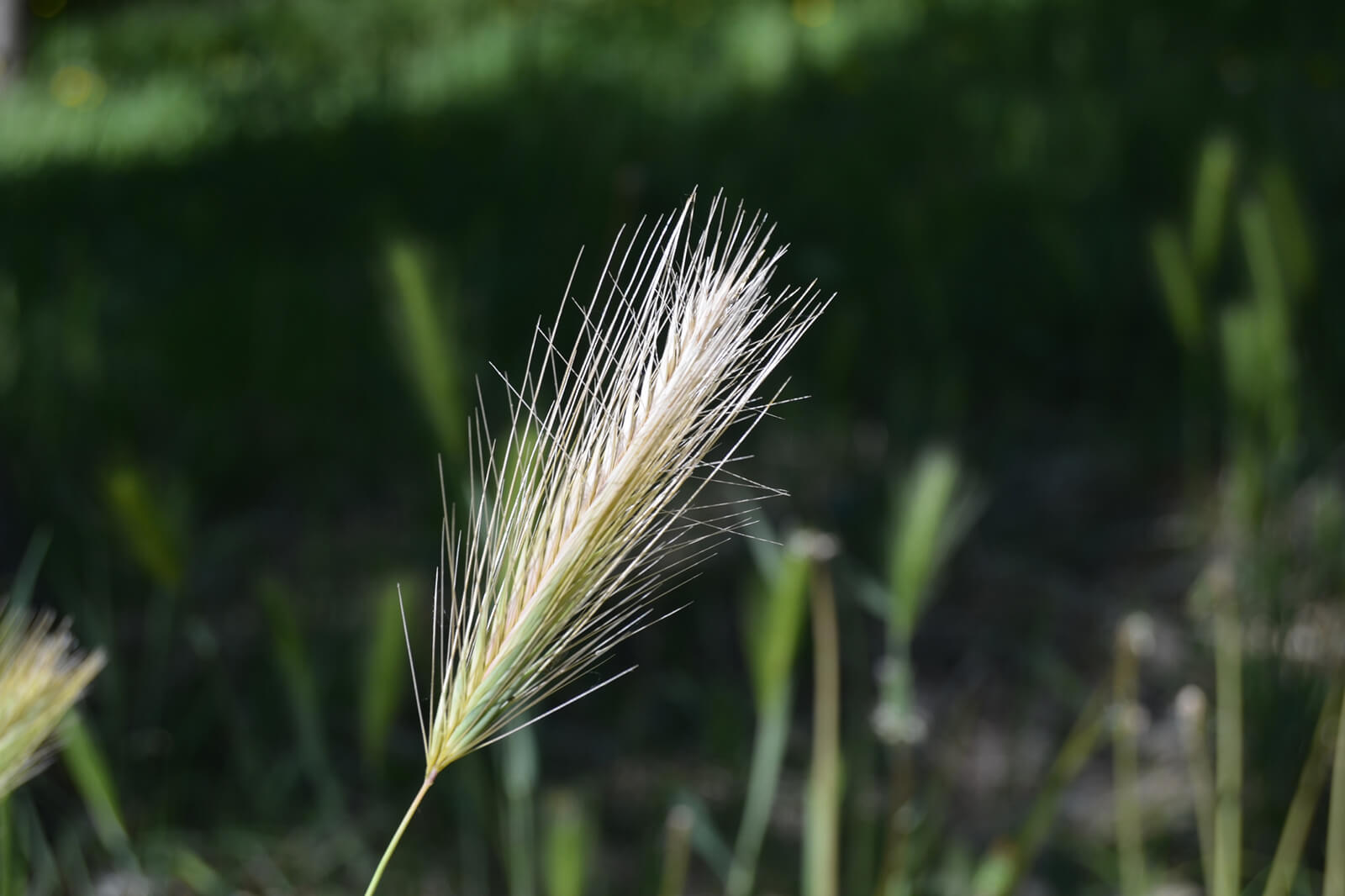
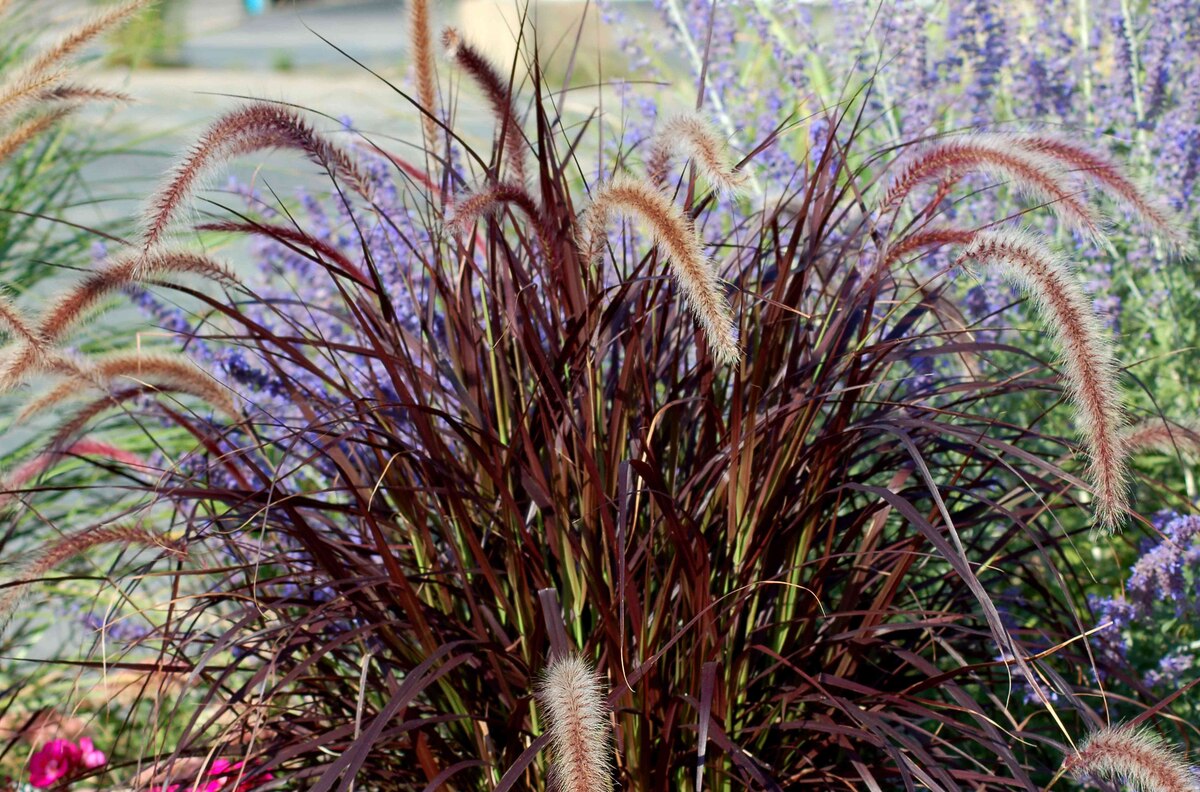
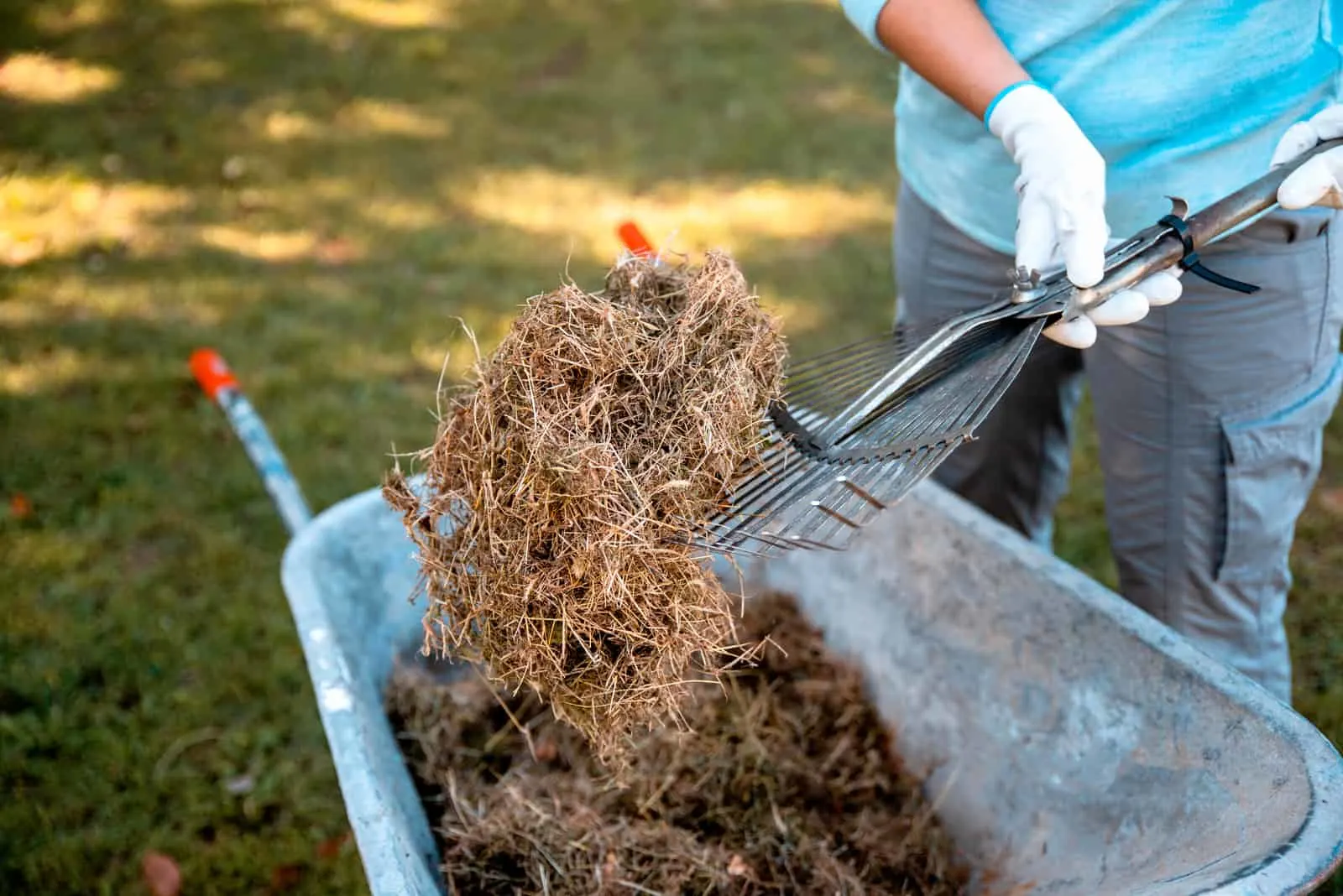
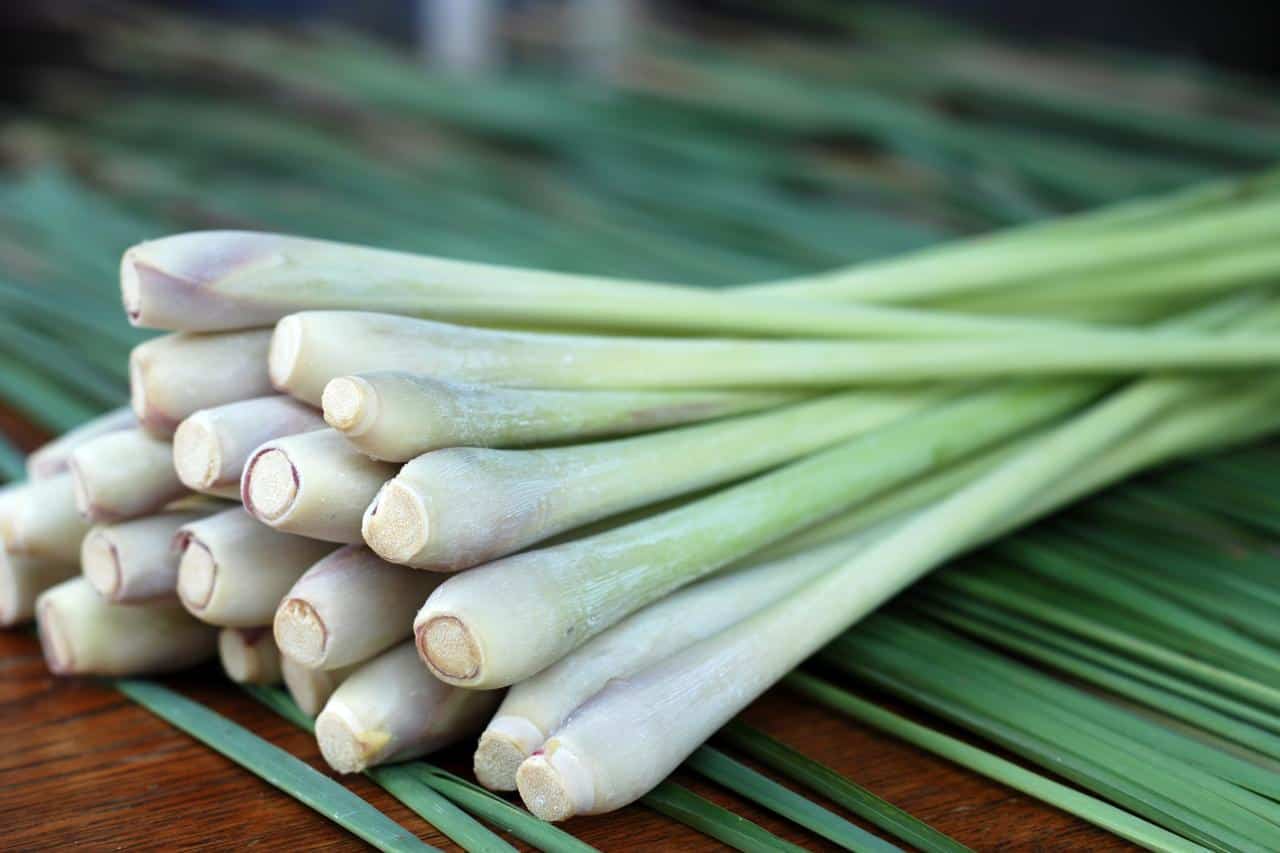
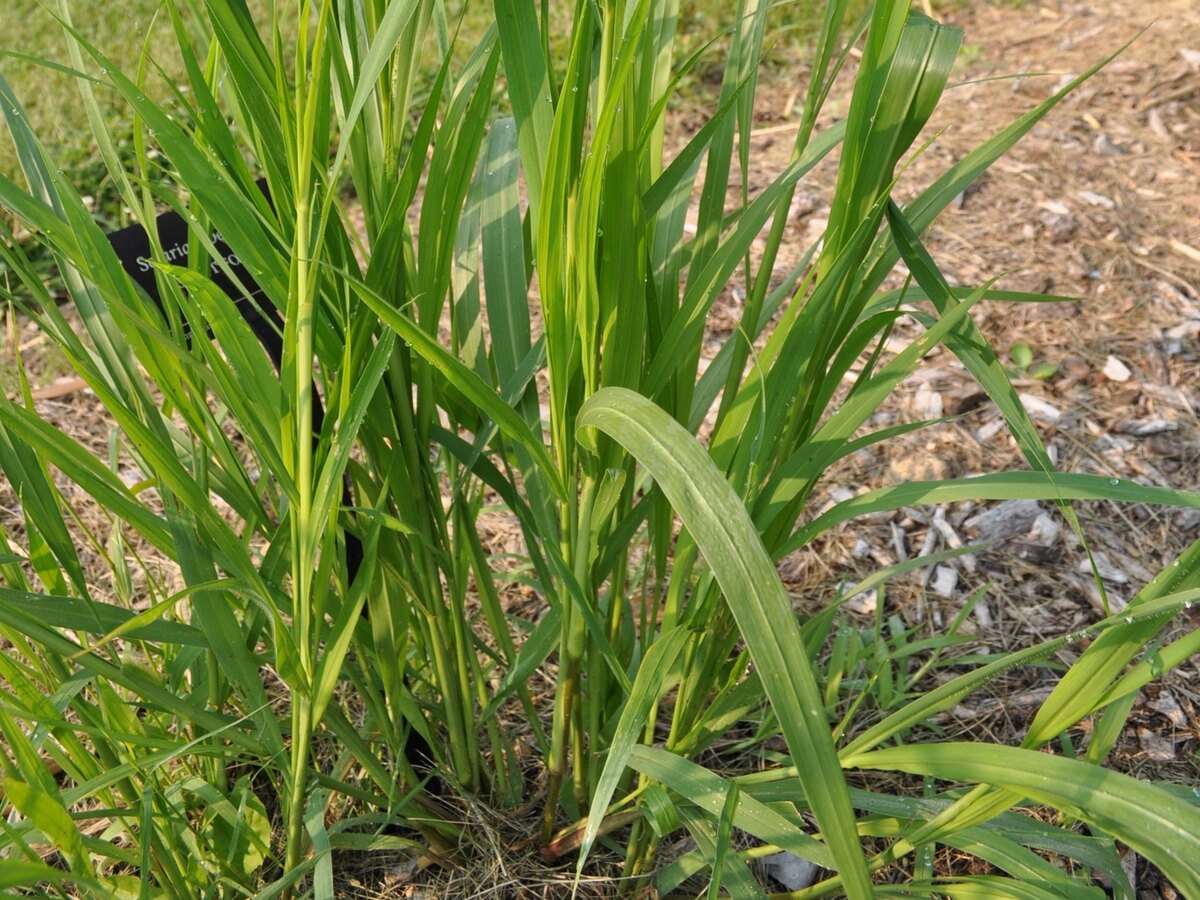
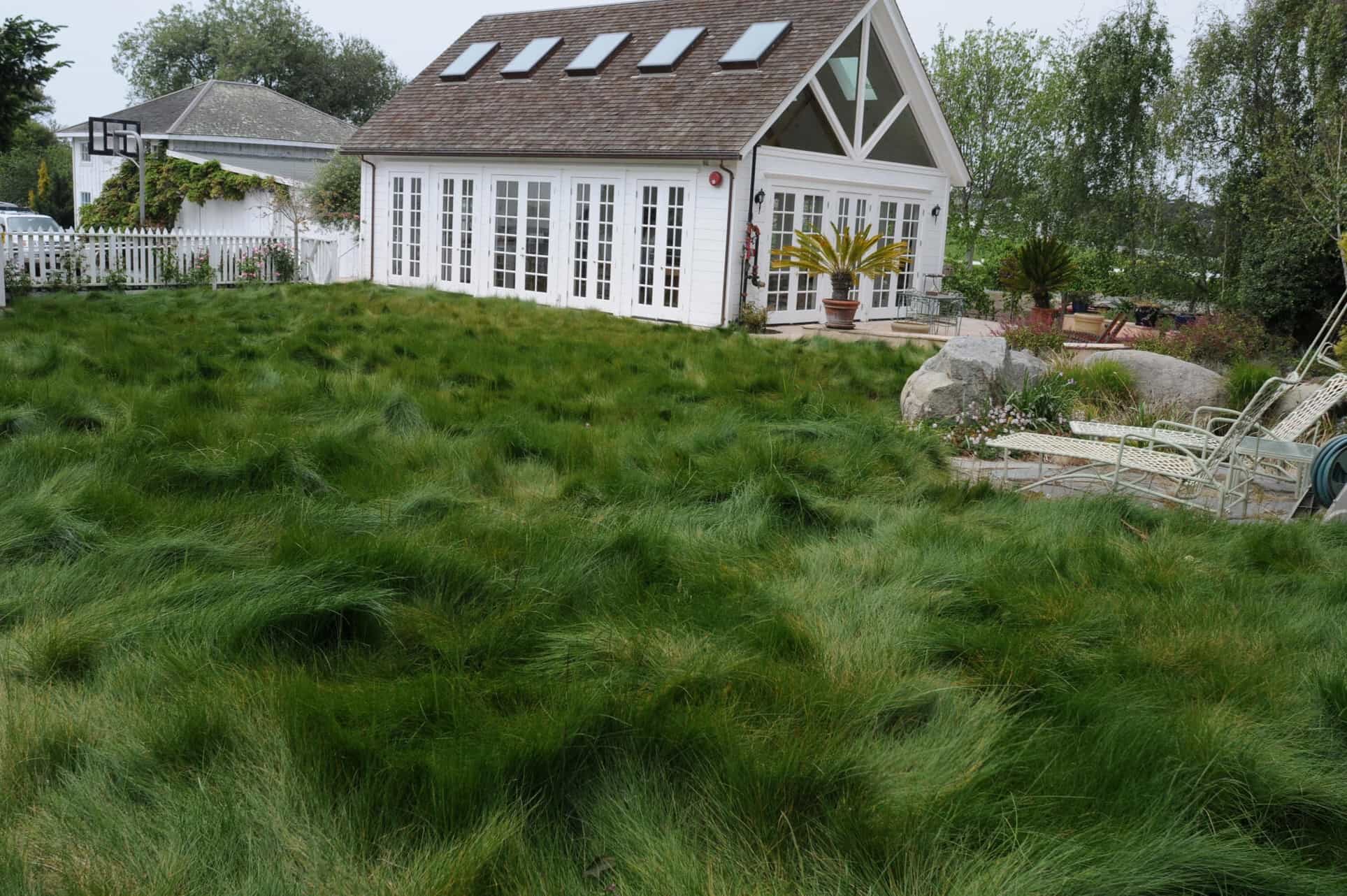
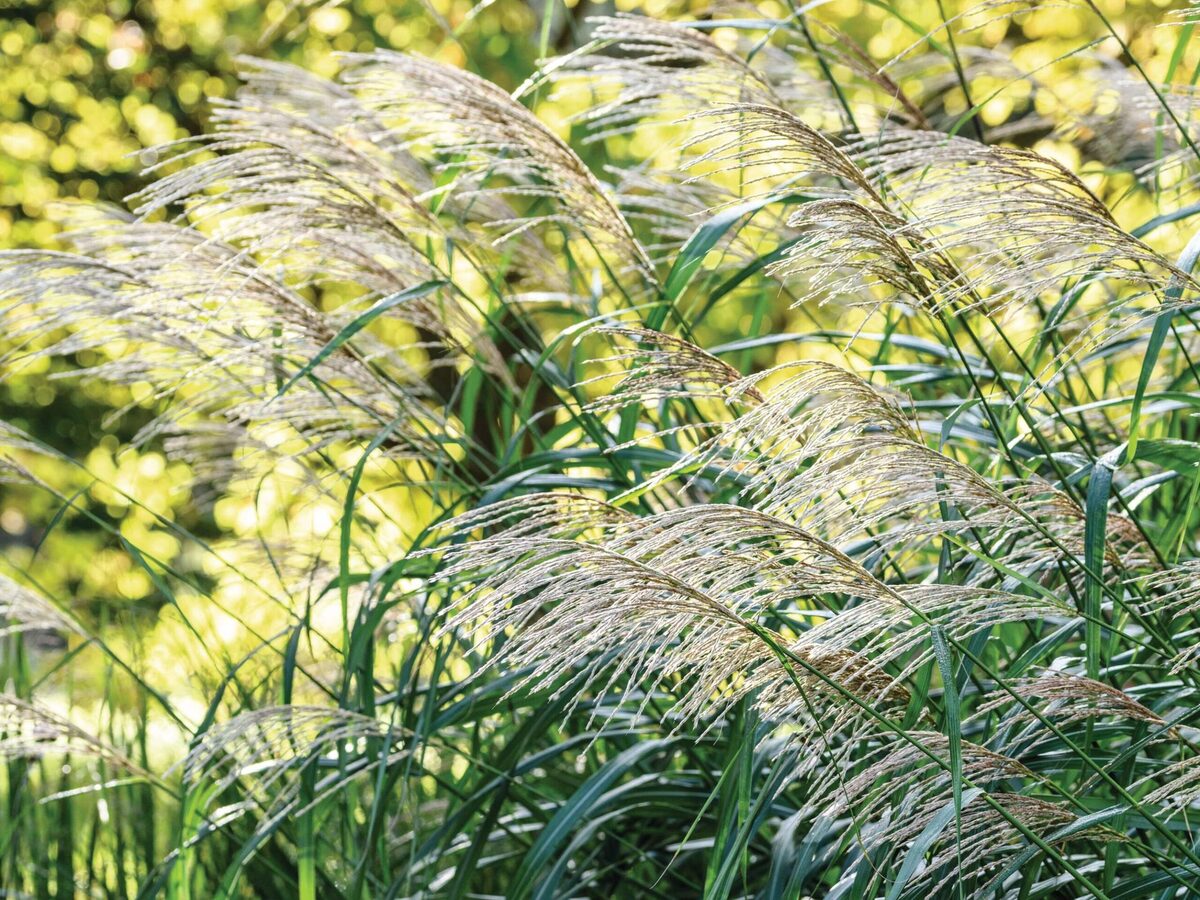
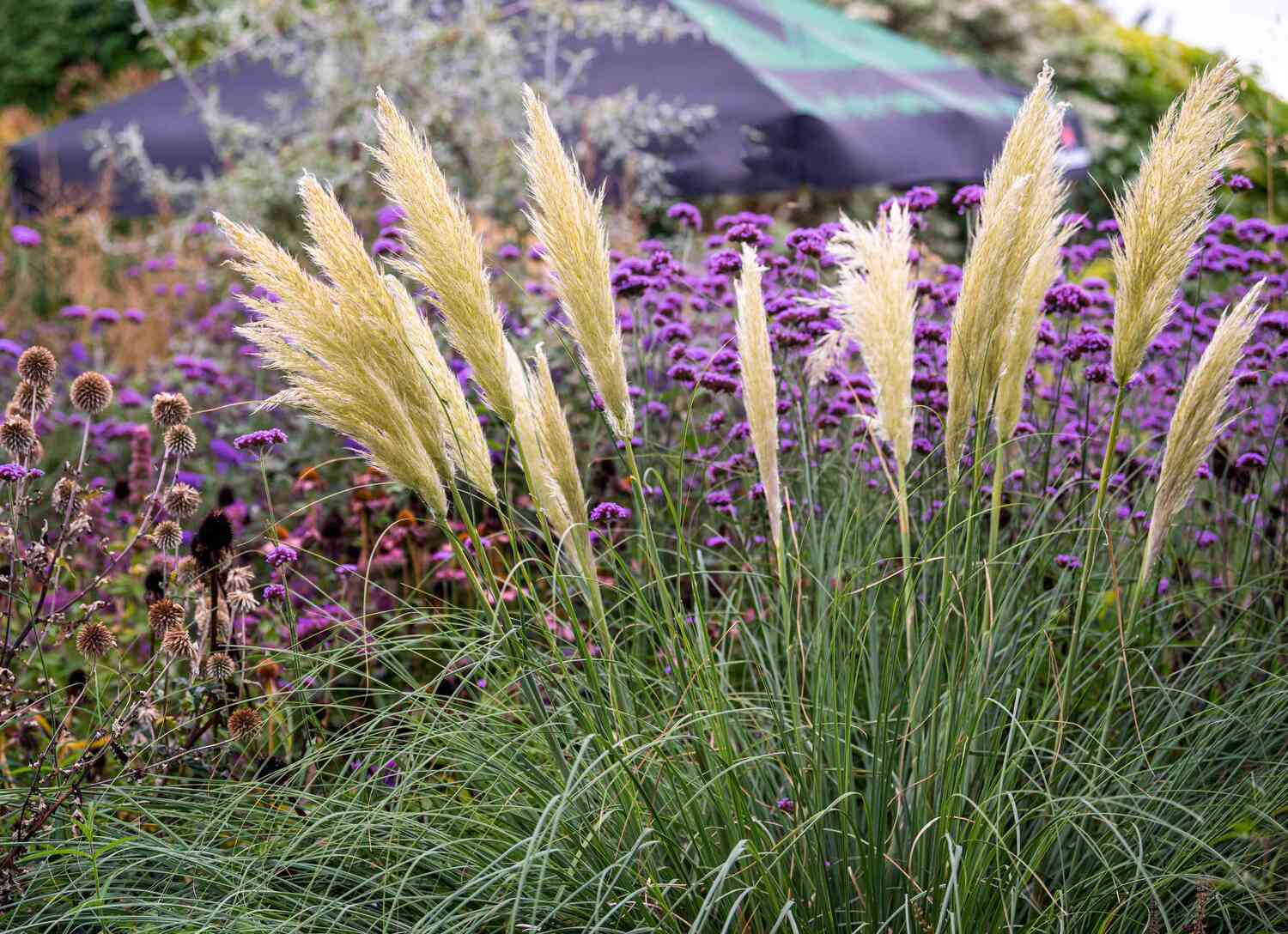
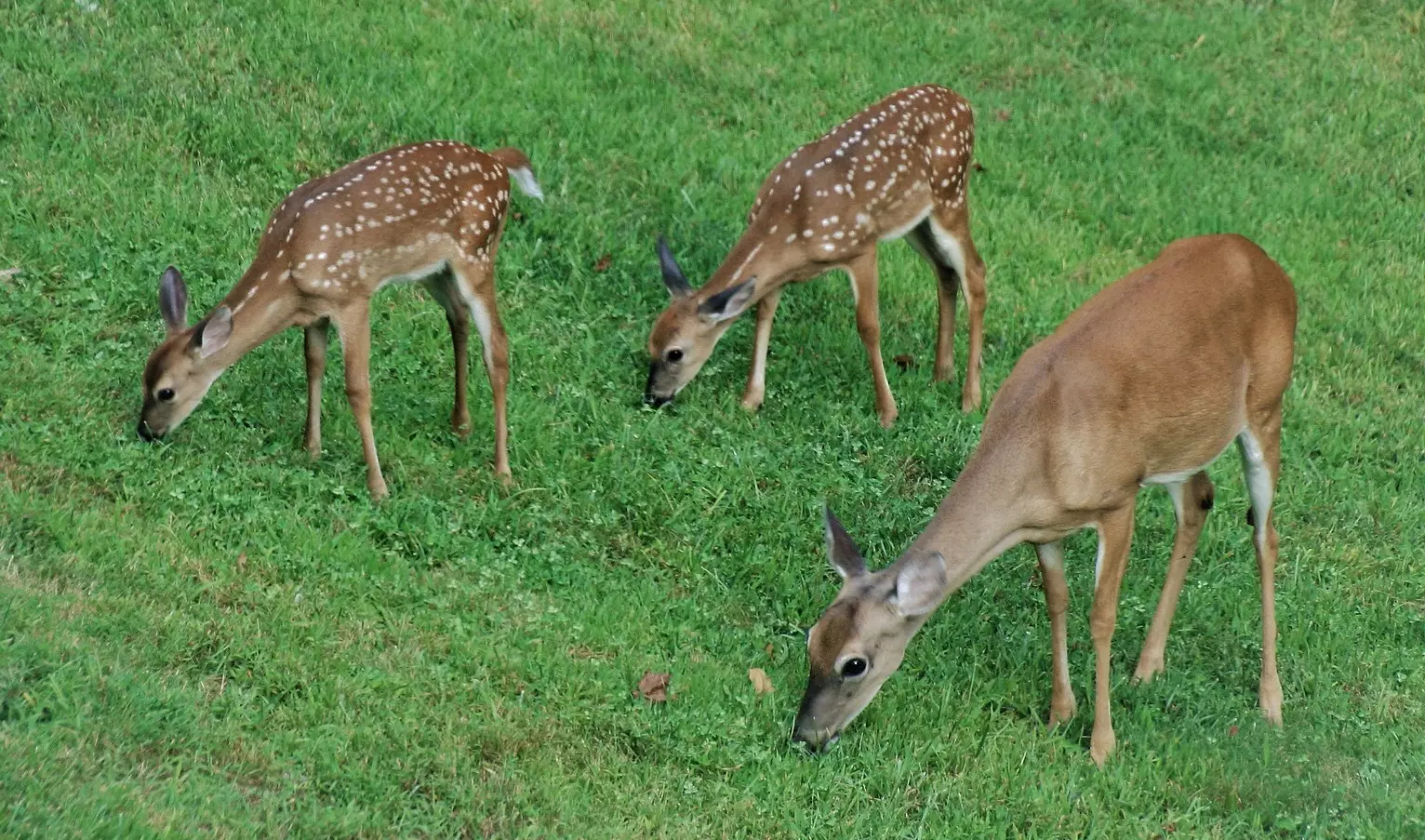
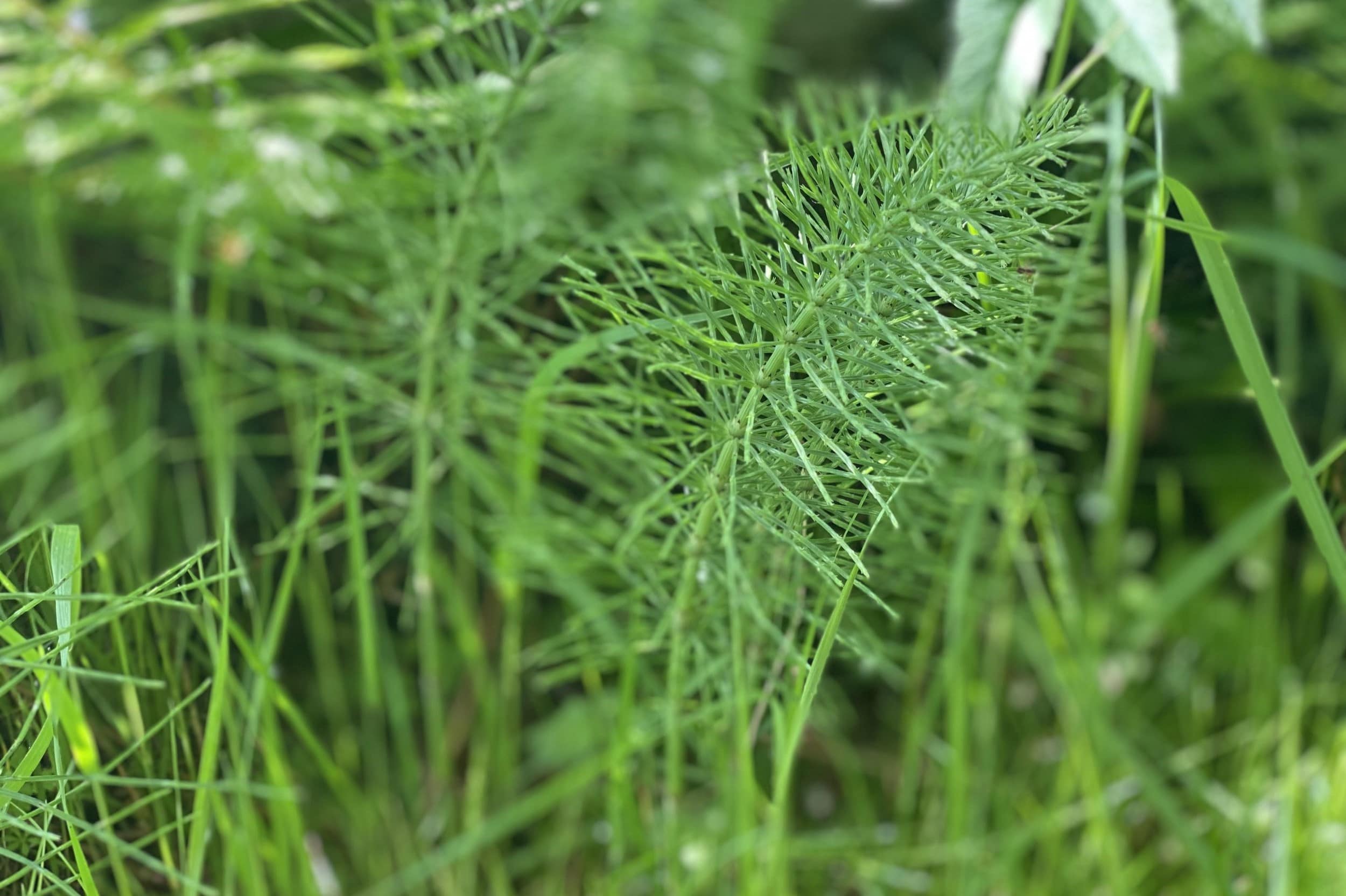

0 thoughts on “What Is The Grass”